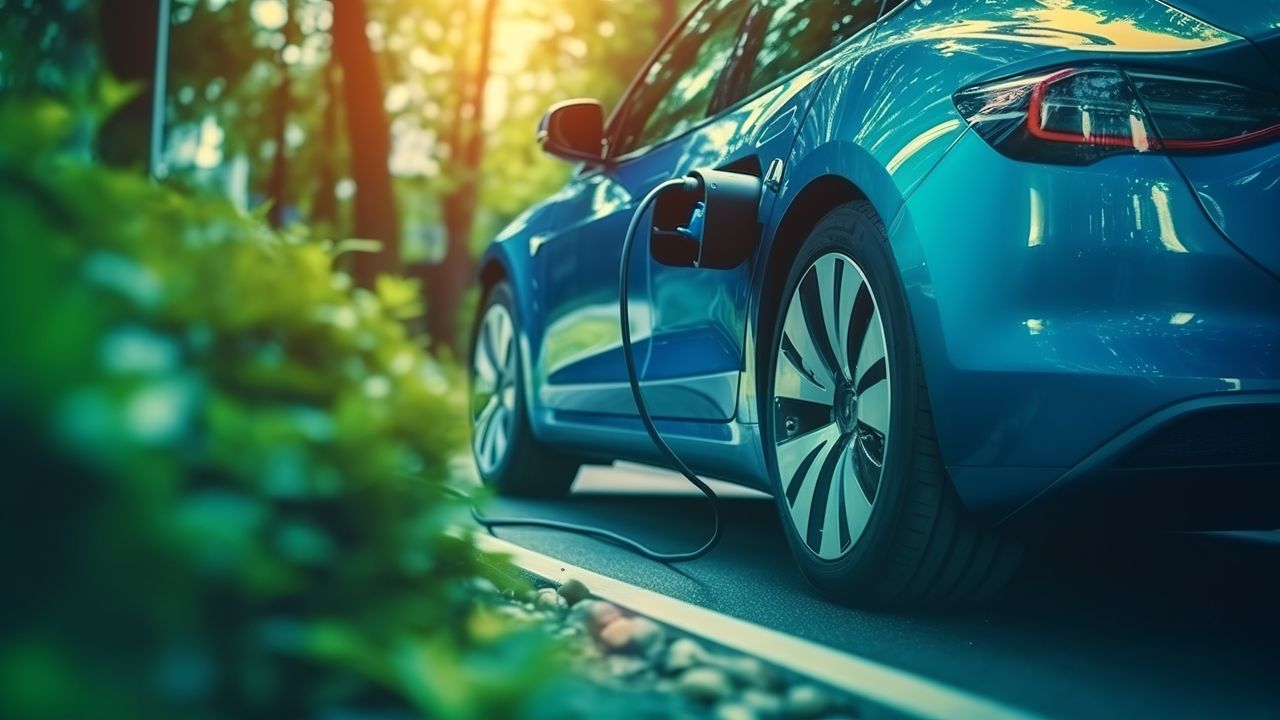Electric Vehicle Charging at Home: Options and Considerations
As electric vehicles (EVs) become increasingly popular, more and more people are considering the convenience of charging their vehicles at home. With the right equipment and a little planning, charging your EV at home can be a simple and efficient process. In this article, we will explore the options and considerations for electric vehicle charging at home, including EVSE, charge scheduling, and charging equipment.
EVSE: Electric Vehicle Supply Equipment
EVSE, or Electric Vehicle Supply Equipment, is the hardware that connects your EV to your home’s electrical system and allows for charging. It typically consists of a charging station, a connector, and a cord. There are various types of EVSE available, ranging from basic Level 1 chargers to more advanced Level 2 chargers.
Level 1 chargers are the most basic and typically come with your EV when you purchase it. They use a standard 120-volt household outlet and provide a charging rate of around 4-5 miles of range per hour. While Level 1 chargers are convenient for overnight charging, they may not be sufficient if you need to quickly charge your vehicle.
Level 2 chargers, on the other hand, require a 240-volt outlet and provide a faster charging rate, typically around 25-30 miles of range per hour. These chargers require professional installation and may require upgrades to your home’s electrical system. However, they offer the convenience of faster charging times, making them a popular choice for many EV owners.
Charge Scheduling
One of the key considerations when charging your EV at home is charge scheduling. With charge scheduling, you can take advantage of off-peak electricity rates and ensure that your vehicle is fully charged when you need it.
Many EVs come with built-in charge scheduling features that allow you to set specific times for charging. This can be particularly useful if your utility company offers time-of-use rates, where electricity is cheaper during certain hours of the day. By scheduling your charging during these off-peak hours, you can save money on your electricity bill.
Additionally, some EVSEs also offer smart charging capabilities, allowing you to remotely monitor and control your charging sessions. With these features, you can easily adjust your charging schedule based on your daily needs and take advantage of the most cost-effective charging times.
Charging Equipment
When it comes to choosing the right charging equipment for your home, there are a few factors to consider. Firstly, you’ll need to determine whether a Level 1 or Level 2 charger is more suitable for your needs. If you have a short daily commute and overnight charging is sufficient, a Level 1 charger may be adequate. However, if you require faster charging or have a longer daily commute, a Level 2 charger is recommended.
Secondly, you’ll need to consider the installation requirements and costs. Level 1 chargers can typically be plugged into a standard household outlet, while Level 2 chargers require professional installation and may require electrical upgrades. It’s important to consult with a qualified electrician to ensure that your home’s electrical system can support the charging equipment you choose.
Lastly, you’ll want to consider the charging connector type. Most EVs in North America use the SAE J1772 connector, while some newer models may also support the CCS or CHAdeMO connectors. Make sure that the charging station you choose is compatible with your vehicle’s connector type.
In Conclusion
Charging your electric vehicle at home can be a convenient and cost-effective way to keep your vehicle charged and ready to go. By understanding the options and considerations for EVSE, charge scheduling, and charging equipment, you can make an informed decision that suits your needs and budget. Whether you opt for a Level 1 or Level 2 charger, remember to consult with a qualified electrician for installation and ensure compatibility with your vehicle’s charging connector type.
